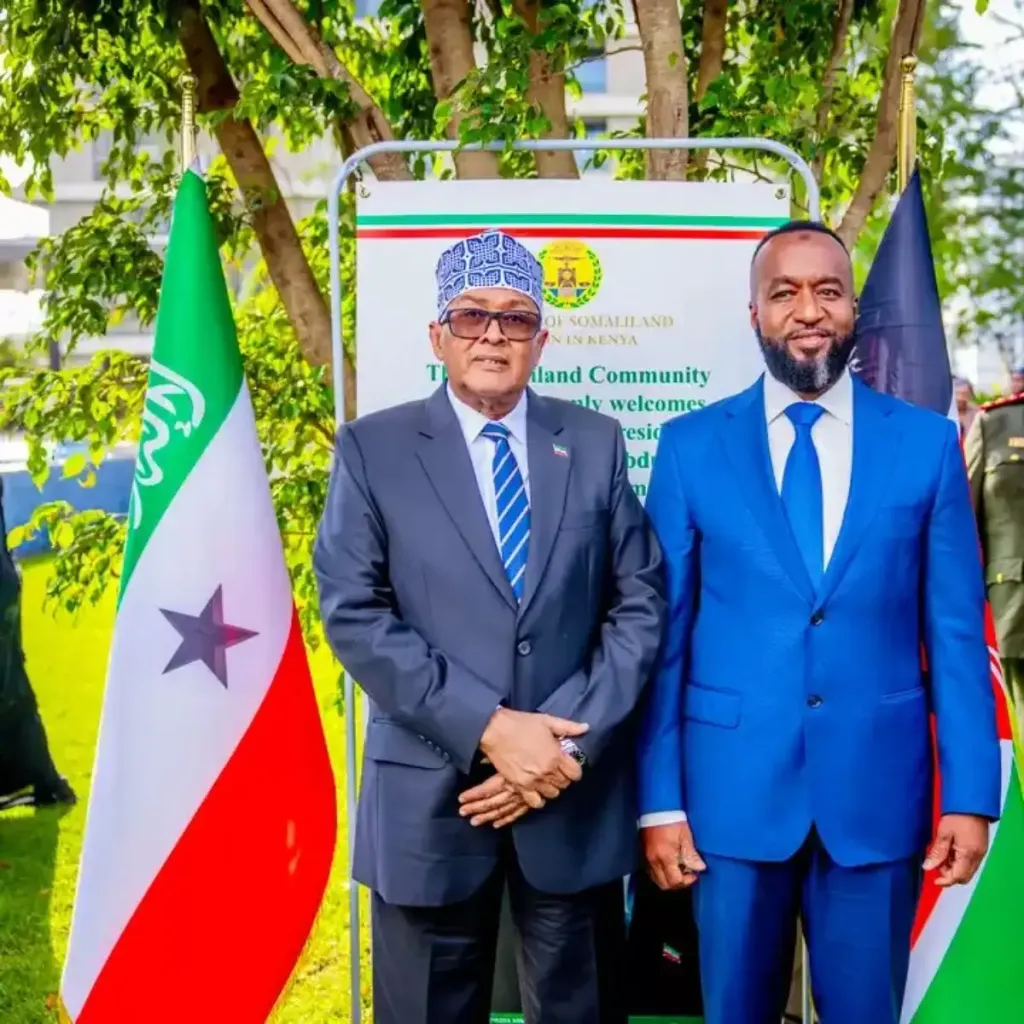Ahead of an anticipated visit by Somaliland’s leader, Abdirahman Mohamed Abdullahi (Irro), Kenya has reiterated its commitment to Somalia sovereignty and territorial integrity.
In a statement released by the Ministry of Foreign and Diaspora Affairs, Kenya emphasized its recognition of Somalia as a unified federal nation.
Affirming that its diplomatic engagements with regional administrations like Somaliland and Jubaland are conducted in consultation with Somalia’s federal government.
Kenya’s Interactions with Sub-national Entities Aim to Bolster Somalia’s Unity
“As Somalia advances its state-building and institutional development agenda, the Government of Kenya stands ready to support those efforts through sustained dialogue, enhanced regional cooperation, and mutually beneficial partnerships,” the statement read.
It further clarified that Kenya’s interactions with sub-national entities aim to bolster Somalia’s unity and stability.
Read more: What US Military Reductions Mean for Somalia’s Security in 2025
Kenya Respects Somalia Sovereignty and Does Not Recognize Somaliland as an Independent State.
The reaffirmation comes amid Somaliland’s ongoing quest for international recognition since its self-declared independence in 1991.
While Somaliland operates with its own government and institutions, it remains unrecognized by Somalia and the broader international community.
Kenya, like many nations, maintains a liaison office in Hargeisa but does not officially recognize Somaliland as an independent state.
Somalia has yet to issue a formal response to Irro’s visit.
However, previous engagements between Somaliland officials and foreign governments have occasionally strained relations, underscoring the sensitivity surrounding Somalia’s territorial integrity.
Kenya’s stance aligns with the African Union’s position, which respects Somalia sovereignty, advocates for the preservation of existing national borders and emphasizes that any changes to Somalia’s territorial status should result from internal consensus rather than external interventions.


